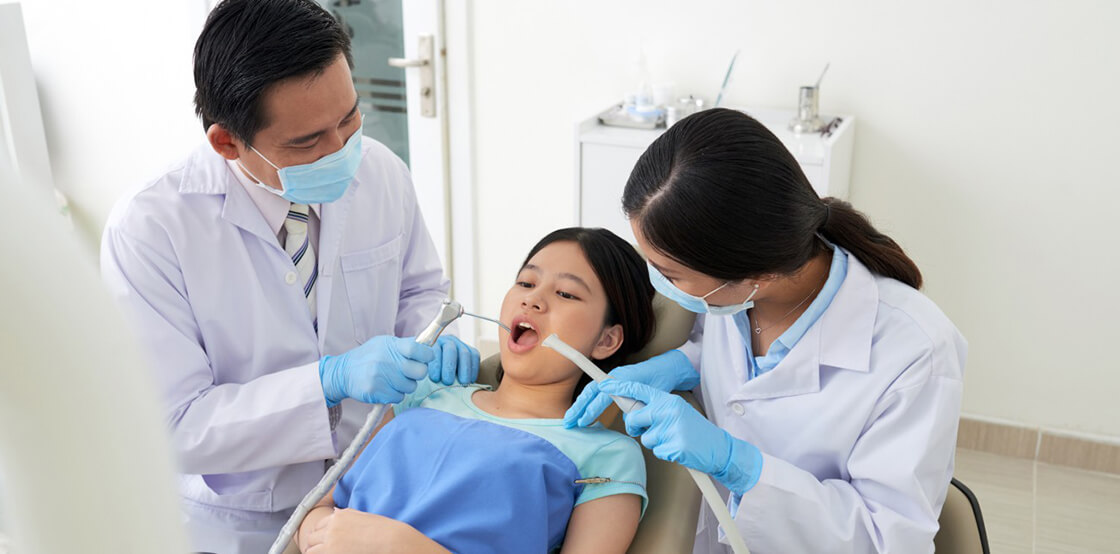April is Oral Cancer Awareness Month, a time dedicated to educating the public about the importance of early detection, prevention, and the ongoing fight against oral cancers. These cancers can affect the lips, mouth, throat, and other parts of the oral cavity, and they are often diagnosed too late to be easily treatable. Raising awareness about oral cancer can help save lives, and here’s why this month holds such significance.
What is Oral Cancer?
Oral cancer refers to any cancer that occurs in the mouth or throat, affecting areas such as the lips, tongue, cheeks, the roof and floor of the mouth, gums, tonsils, and the back of the throat. These cancers can develop from the squamous cells lining the mouth, which is why they are often referred to as squamous cell carcinomas.
In the early stages, oral cancer can be difficult to detect. The symptoms often resemble more common conditions, like a sore throat or toothache, which can cause delays in diagnosis. However, as the disease progresses, it becomes much harder to treat, and this is why early detection is critical.
The Statistics: Why Oral Cancer Awareness is Crucial
Oral cancer affects thousands of people every year, and the numbers are rising. According to the Oral Cancer Foundation, approximately 54,540 people in the United States are diagnosed with oral cancer every year. Sadly, oral cancers have a five-year survival rate of only about 65%, with the survival rate being much higher when the cancer is detected early.
In addition to the high rates of incidence, many people are unaware of the risk factors and symptoms associated with oral cancer. As a result, it’s often diagnosed at later stages, making treatment more challenging and outcomes less favorable.
Risk Factors for Oral Cancer
Several lifestyle choices and factors can increase the risk of developing oral cancer. Some of the most common risk factors include:
- Tobacco Use: Smoking or using smokeless tobacco products is the leading cause of oral cancer. Tobacco use, in any form, greatly increases the risk.
- Heavy Alcohol Consumption: Drinking alcohol heavily or regularly significantly raises the risk of oral cancer, especially when combined with tobacco use.
- HPV (Human Papillomavirus): The HPV virus, particularly HPV type 16, is linked to an increased risk of oral cancer, especially in the back of the throat and tonsils. Oral sex is a primary way the virus is transmitted.
- Age: Oral cancer is more common in people over the age of 40, although younger individuals can be diagnosed as well.
- Gender: Men are twice as likely to develop oral cancer compared to women.
- Sun Exposure: Excessive exposure to ultraviolet (UV) rays from the sun or tanning beds can increase the risk of lip cancer.
Final Thoughts
Oral cancer may not receive as much attention as other types of cancer, but it is just as dangerous, and the need for awareness is urgent. With proper education, early detection, and a proactive approach to risk reduction, we can make strides in reducing the number of people affected by this devastating disease. By participating in Oral Cancer Awareness Month, you help spread the word, potentially saving lives in the process.
Remember, regular screenings, good habits, and awareness can make all the difference. If it’s been a while since your last dental check-up, consider scheduling an appointment this month—you might just save your own life or someone else’s.

